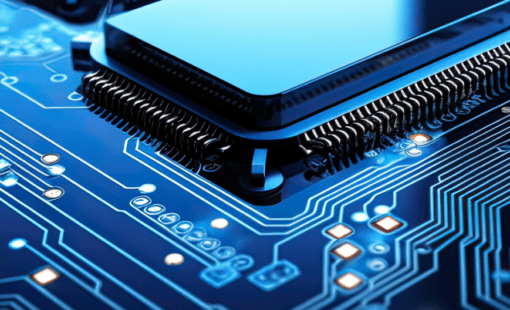
- Blog
Der Layer-Stack-up und die präzise Berücksichtigung der Leitungsimpedanz sind entscheidend für robuste High-Speed-Designs. Erfahren Sie in unserem Blog, wie Sie Stack-ups optimal mit CR-8000 und Polar Speedstack™ gestalten können.
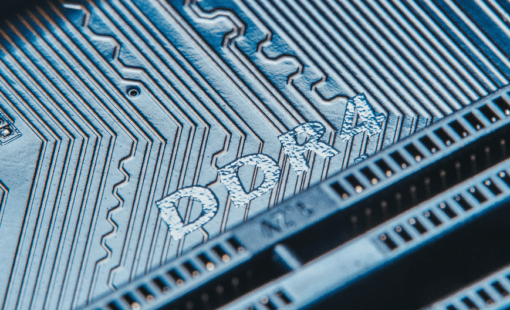
- Blog
Die derzeit weit verbreitete DDR4 Speichertechnologie stellt in der aktuellen Technologielandschaft oft eine schwierige Herausforderung im Designprozess einer elektronischen Anwendung dar. Finden Sie heraus, was zu beachten ist.
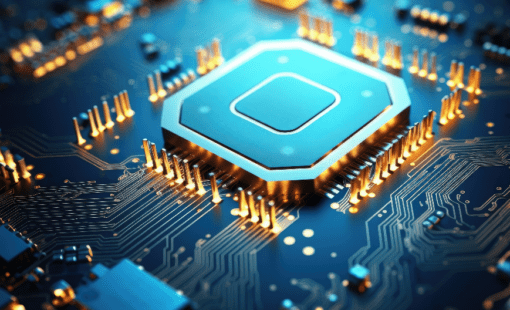
- Blog
Das PCB-Design bildet seit Jahrzehnten das Herzstück elektronischer Innovation. Mit dem unaufhaltsamen Fortschritt der Technologie ergeben sich jedoch kontinuierlich neue, anspruchsvollere Herausforderungen. Wir zeigen Ihnen, wie Sie diesen erfolgreich begegnen können.
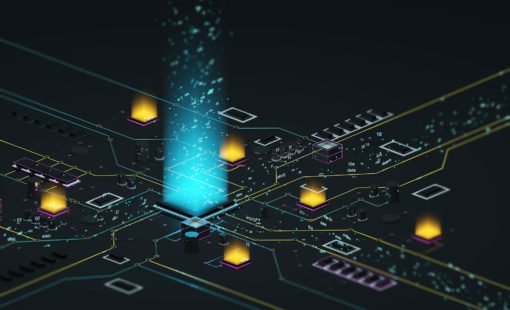
- Blog
In der Elektronikindustrie herrscht heute ein anhaltender Trend zum Low-Power-Design und das wird sich wohl auch in näherer Zukunft kaum ändern. Angetrieben wird er unter anderem von den Anforderungen und Leistung und Speicherdichte von mobilen Geräten, bei denen eine Reduzierung des Stromverbrauchs entscheidend ist, um die Akkulaufzeit zu verlängern, ohne dabei die Bandbreite zu beeinträchtigen. Dieser Guide hilft Ihnen, die Herausforderungen von LPDDR4-Design zu lösen.
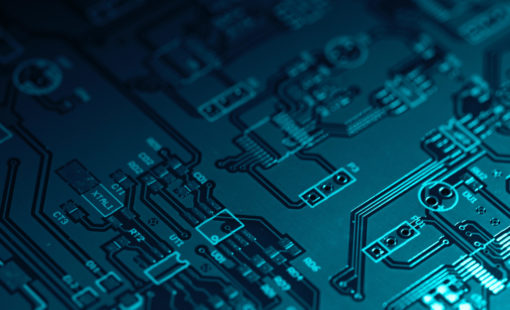
- Blog
Die PDN-Impedanz bereitet Leiterplattendesignern zunehmend Kopfzerbrechen, da die IC-Hersteller immer engere so genannte "Zielimpedanzgrenzen" festlegen. Dieser Artikel erklärt, was die PDN-Impedanz für Leiterplattendesigner bedeutet und worauf sie besonders achten sollten.
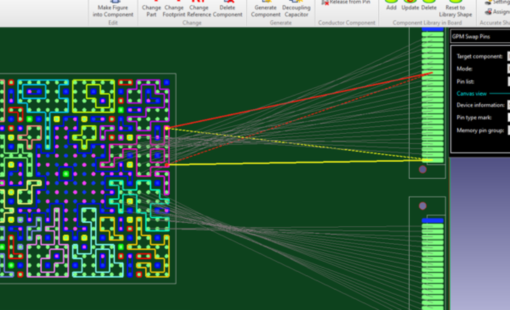
- Blog
What drives the features that are added or updated in a new release? The majority of the changes or additions in any Zuken tool release are customer-driven. Our customers provide valuable insight into emerging technologies, process and methodology changes, and the direction in which their EDA needs are taking them. This post focuses on the high points of the CR-8000 2020 release.
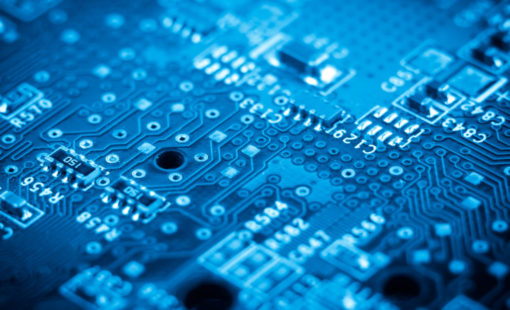
- Blog
Double Data Rate 5 (DDR5) is the next-generation standard for random-access memory (RAM). The new specification promises to bring chips that have much higher performance than the existing DDR4 modules, as well as lower power consumption. Let us show you how you can be first to market with DDR5!

- Blog
To keep a good high-speed signal quality from driver to receiver on a PCB is not an easy task for designers. One of the most challenging issues is managing the propagation delay and relative time delay mismatches. Let me take you through the process...

- Blog
What IC designers do to help us route high-speed PCBs

- Blog
PCB designers typically have little or no experience with SPICE applications. No worries, follow along with me and get to know your SPICEs!

- Blog
In part 1 of this blog we took a back-to-basics approach and discussed line impedance and its effects in signal integrity. As every electrical conductor comprises capacitance, an inductance, and a frequency-dependent ohmic resistance, and with increasing frequencies, these electrical characteristics will influence and distort the signal.

- Blog
Impedance and impedance control belong to the oldest and most often discussed topics in PCB design. They are especially important with the high-speed design when related to signal integrity. In this, the first of a two-part blog, we’ll go back to the basics of impedance/impedance control and consider what influences line impedance. In part two, we’ll set about controlling it.

- Blog
It’s not often you spend your work day laughing AND learning. But that’s how it went for Zuken Europe’s first foray into filming videos with our customers.
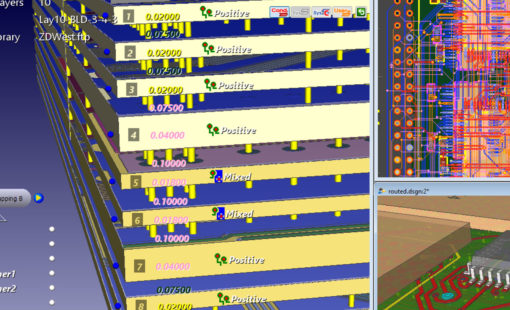
- Blog
We’re happy to announce that Speedstack, Polar Instruments’ layer stackup design/documentation tools, can now be directly linked to Zuken’s CR-8000 Design Force and DFM Center.
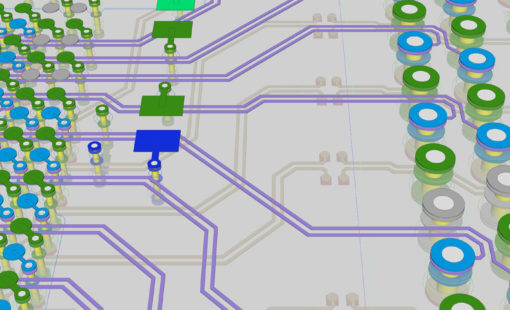
- Blog
Tips for when routing differential pairs - You can tell when something isn’t as clear as it should be. The same questions come up time and again. You ask three experts and get three different answers. Routing differential pairs can be like that. Why? Because “it depends” - on exactly what signals those pairs are carrying and what kind of PCB you’re creating.

- Blog
Do you still use Post-it Notes? Invented in 1979, this simple, yet incredibly powerful, communication mechanism is still commonly found in engineering and design departments. Despite modern electronic communication, many companies still struggle to provide a replacement for their ease-of-use and versatility.